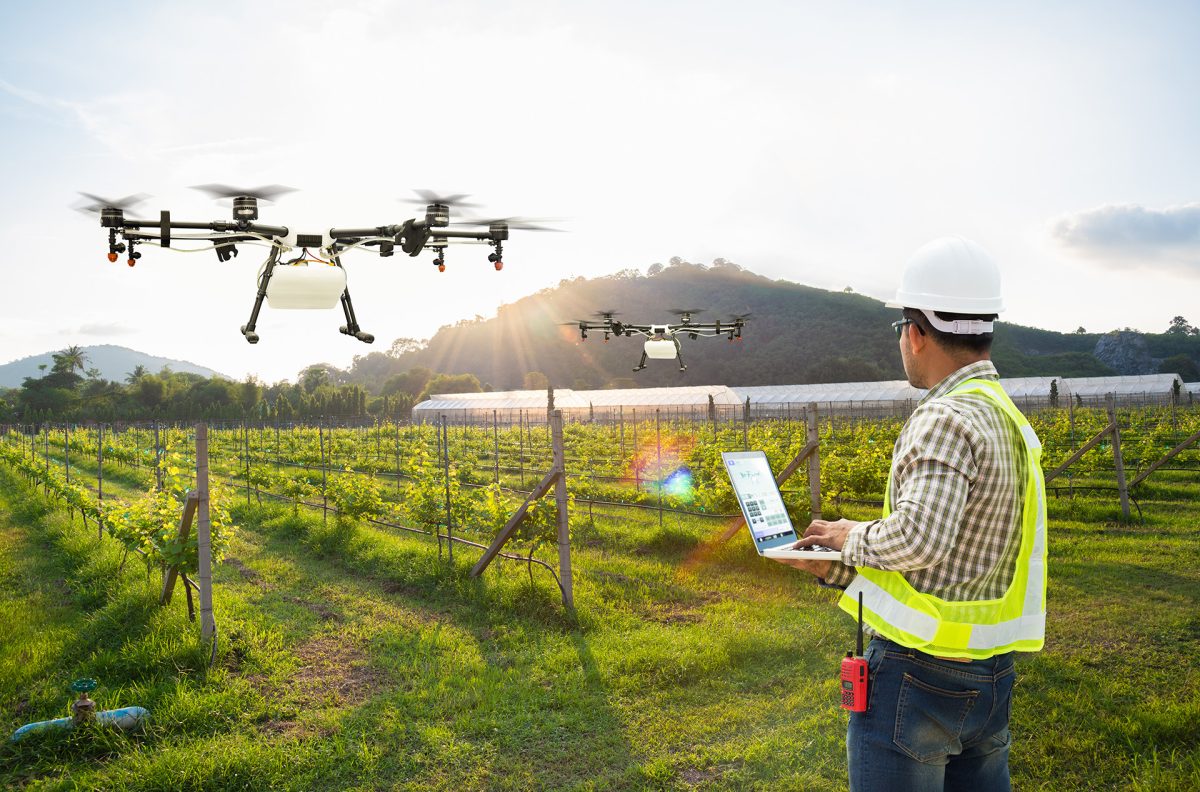#Agriculture#Weeding#Drones#Lasers#AI#Farming#CropManagement#PrecisionAgriculture#Sustainability
According to a report by MarketsandMarkets, the global agricultural drones market size is expected to reach USD 864 million by 2023, growing at a CAGR of 30.19% during the forecast period. Drones equipped with cameras, sensors, and GPS technology can provide farmers with valuable data on crop health, weed density, and soil moisture, enabling them to make more informed decisions about weed management.
Laser weeding is another technology that is gaining traction in agriculture. According to a study by the University of Bonn, laser weeding can reduce herbicide use by up to 91% and increase crop yield by up to 25%. Laser weeding involves using a laser to selectively target and destroy weeds while leaving crops unharmed.
AI-powered weeding robots are also being developed and tested by companies such as Bosch Deepfield Robotics and Naïo Technologies. These robots use machine learning algorithms to identify and remove weeds, reducing the need for herbicides and manual labor.
The use of drones, lasers, and AI in weeding has the potential to revolutionize agriculture by making weed management more efficient, cost-effective, and environmentally friendly. As technology continues to advance, it is likely that we will see even more innovative solutions for weed control in the future.
Tags: Agriculture, Weeding, Drones, Lasers, AI, Farming, Crop Management, Precision Agriculture, Sustainability.

